Curbside recycling, biking to work, building greener—it’s all part of EA’s fight against the climate crisis.
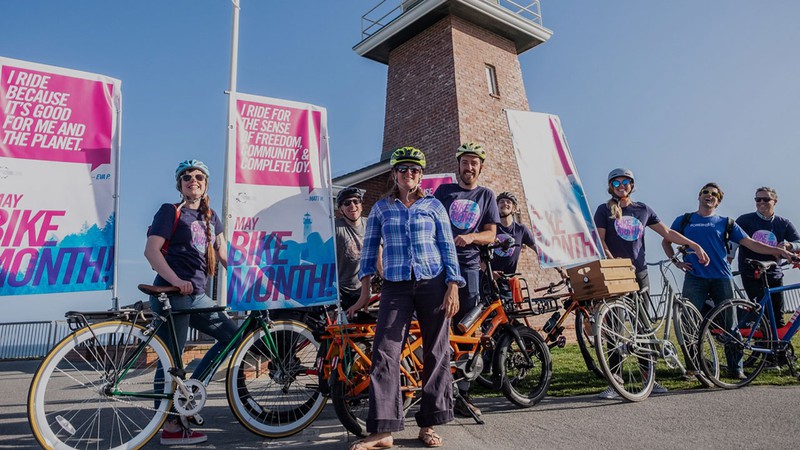
Action Heroes: EA promotes alternative transportation year round, not just during Bike Month. Courtesy of Ecology Action
In the spring of 1970, as Simon & Garfunkel serenaded America over the airwaves, dozens of shaggy-haired San Jose State College students sweated through their shirts pushing and pulling a 1970 Ford Maverick 14 miles down the road to its final resting site—in the ground. With youthful energy and a few shovels, the group buried the $2,500 two-door sedan in a dramatic demonstration of their desire to decrease the number of smog-causing vehicles in the increasingly polluted San Francisco Bay Area.
The students garnered inspiration from similar antics performed years earlier by Ecology Action, a nonprofit environmentalist group launched by UC Berkeley archaeology student Cliff Humphrey. Ecology Action (EA) was a beacon for the rapidly growing environmental movement of the ’60s. After laying roots in Berkeley, the group seeded a sister branch in Santa Cruz and started the city’s first recycling program.
The 52-year old environmental nonprofit is still here, and although its mission is the same, its strategies have changed. Now, Ecology Action’s main programs include initiatives to fight the climate crisis, such as encouraging electric vehicle purchases, adult bicycle use, and updates that make buildings more energy efficient. Through the decades, from recycling to bicycling, Ecology Action continues to push the Monterey Bay community to make choices that reduce our environmental impact.
In the Beginning: Reduce, Reuse, Recycle
In March 1970, New York Times reporter Stephen V. Roberts wrote that the first thing visitors would see when arriving at the Ecology Action headquarters on Benvenue Street in Berkeley was a black sign with white lettering stating, “If you came by car to Benvenue, in the future we would appreciate it very much if you would come by some alternate locomotion—walking, bicycle or public transportation. If coming by car is unavoidable, please remember, as a courtesy to neighbors who would like us to minimize noise and fumes, to park on College (near Woolsey is generally easy) and to walk around the house. Enjoy the walk!”
The study of ecology—how species interact with, relate to, and impact one another—dates to at least the 1700s. But it wasn’t until the 1960s that people began studying ecology as a means of understanding how humans impact natural ecosystems. That was at least in part due to the environmental movement, which sprang up quickly after Rachel Carson’s 1962 book, Silent Spring, connected toxic pesticide use with the degradation of the environment.
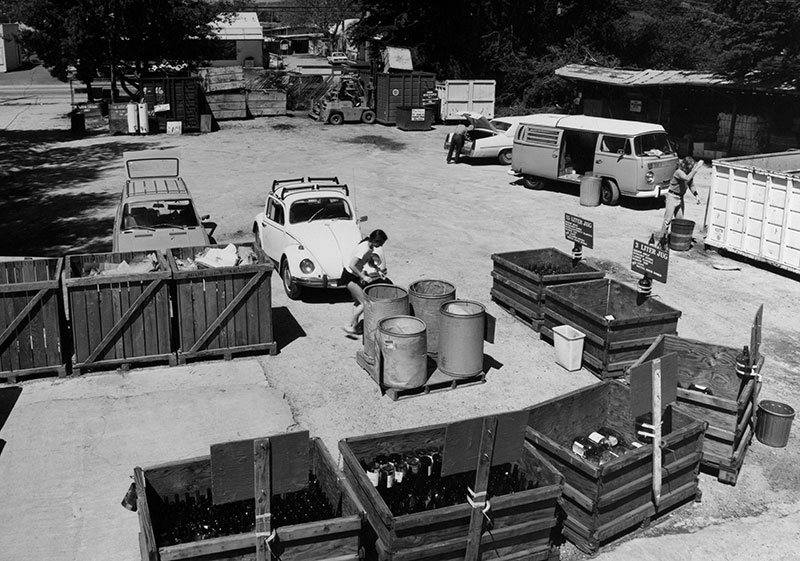
Humphrey and a few of his friends started Ecology Action as a movement to increase environmental awareness and show people how to minimize their impact on the environment. As the movement grew, people carried the message outside of the San Francisco Bay Area and launched their own factions of Ecology Action—independent, but closely following the model set by the original Berkeley team.
When Ecology Action arrived in Santa Cruz in the late 1960s, with the help of several motivated volunteers, the group set up its recycling center behind Bookshop Santa Cruz on the Pacific Garden Mall. They were still relatively new to the area when they set up a booth on Pacific Avenue at the very first Earth Day celebration in 1970. At the booth hung a sign stating “Ask how you can help.” The sign caught the eye of a young environmentalist named Burl Moss, who soon became Ecology Action’s first executive director. Moss further organized the recycling program and spread the word of its existence. The center outgrew itself more than once, and after almost two decades of serving the community, Ecology Action closed their recycling drop-off centers and implemented a successful countywide curbside recycling program.
Pedal to the Metal on Sustainable Transportation
By the late 1980s, EA began expanding into new environmental efforts, including the first Bike to Work Day, now a nationally recognized movement. The success of that event paved the way for making more of an impact in the sustainable transportation sector—an area that has now become a major initiative for Ecology Action as the effects of climate change become clearer by the season.
“We’ve known the environment has had issues and challenges and we knew climate change impacts were coming up,” says Kirsten Liske, Ecology Action’s vice president of Community Programs. “But boy howdy, it’s really here now, so there’s a lot to be done.”
Liske, a UC Santa Cruz environmental studies grad, joined Ecology Action in 1999, having decided she needed a change from the corporate world. At that time, EA had recently hired its second executive director, Virginia Johnson, and in total consisted of around seven full-time employees who worked in an old-school office that almost scared Liske away. But the organization’s mission resonated with her and the job was exactly what she was looking for. “It’s just a great place to innovate community, find good solutions, and work with an amazing team,” she says. “I’m so lucky to be able to do this work.”
As executive director, Johnson provided a “business lens” to the nonprofit, Liske says, and helped the group become financially stable enough to expand their programs even more.
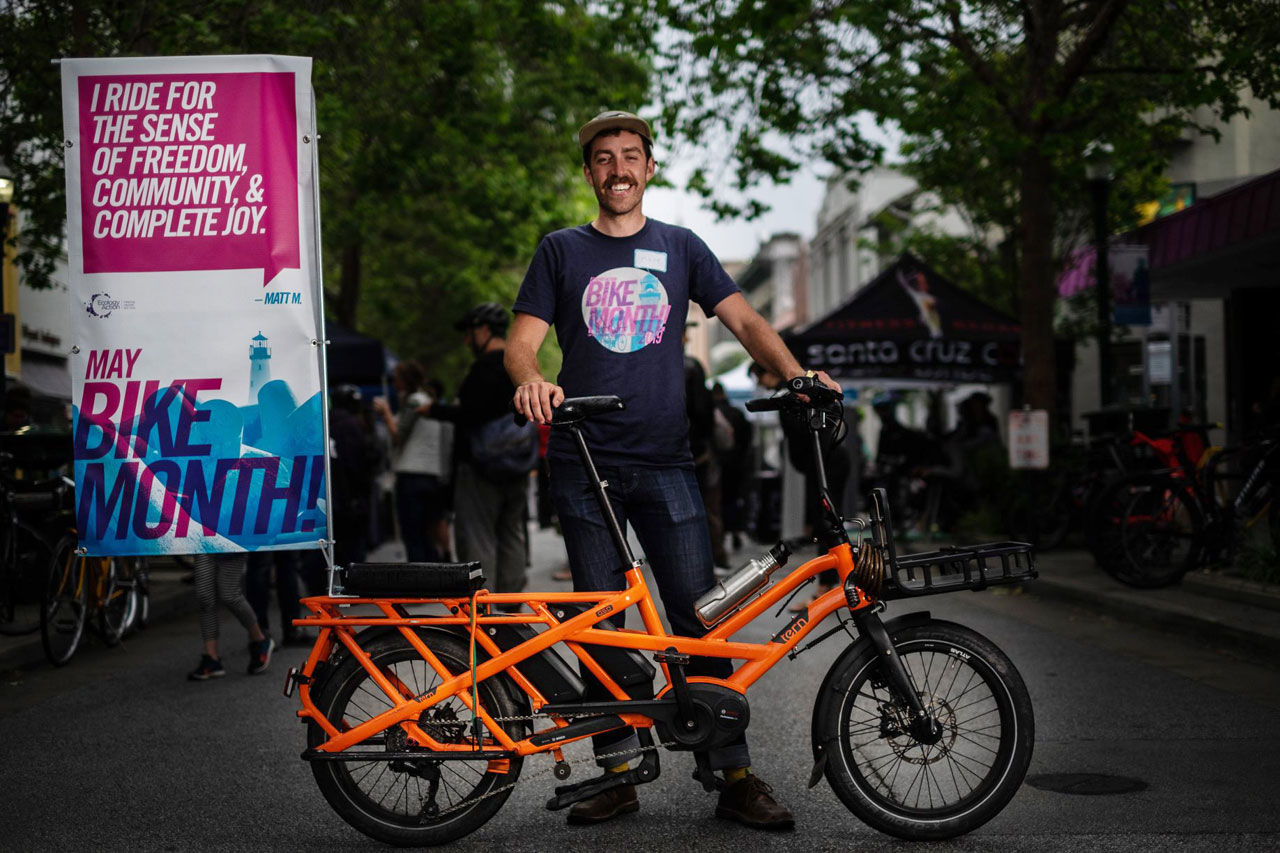
Today, Ecology Action employs around 100 people and is an established leader in making meaningful environmental changes in Santa Cruz and beyond. The group has made great strides in promoting sustainable transportation options throughout the Monterey Bay area, and helping commercial buildings around the state reduce their carbon footprint.
Perhaps what makes the group so successful and impactful is how it adjusts to meet the environmental and ecological needs of the community in the most efficient way possible. When developing new programs, Liske explains, the team considers these key questions: What are the solutions that are needed, what are the grant opportunities, and who are the partners? “And we have been looking more and more to where we can have more of a climate impact.”
Liske’s Community Programs division, a group of 34 people who, with the goal of decreasing human impacts on climate change, develop and manage programs for “electric vehicles, bike encouragement, water conservation programs, community climate action campaigns, and electric vehicle charging” around the Monterey Bay and San Francisco Bay areas, she says.
You Get an EV, You Get an EV—Everybody Gets an EV!
Ecology Action’s EVs for Everyone/EVs Para Todos program aims to broaden the community’s awareness of electric vehicles and help individuals make the switch to their first plug-in electric car. The group does this through participating in car display events, ride-and-drive events, and other public outreach efforts. When someone is ready to make the switch to an EV, but isn’t sure where to start, that’s where Ecology Action team members can help the most.
“Our job is to make it easier for people,” says Danny Ordaz, EA’s transportation justice coordinator. Ordaz and his colleagues help people learn about their options and address common financial and logistical concerns that come with switching to an EV. This includes walking people through the somewhat intimidating process of applying for grants or requesting rebates that make electric vehicles as affordable or even more affordable than a gas-powered car. “Electric cars are not just for the wealthy; they can be affordable for anybody,” Ordaz says. “There’s a lot of opportunity out there.”
Without assistance from Ecology Action, Santa Cruz resident Mathidle Rand says, there would have been too many hurdles in place that would have prevented her recent EV purchase. The program “was a very good experience,” she says. “It felt like I was guided in my own decision… it was totally my choice.” Rand now volunteers part time as an ambassador for the program, and has already encouraged friends to make the switch to an EV with the assistance of the EV’s for Everyone program.
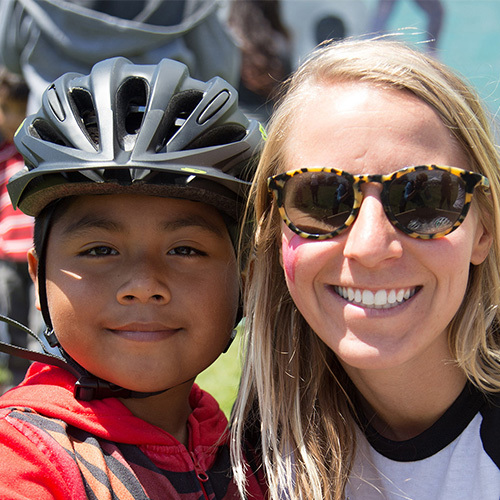
The importance and impact of the program hasn’t been overlooked by giant automakers. The GM Foundation recently awarded Ecology Action a $400,000 gift to continue operating the EVs for Everyone program this year. “That’s been a game changer,” Liske says, “because the state isn’t really into providing the kind of grant money that’s needed for this. They’re putting money into rebates, but they’re not really putting money into consumer assistance.” And for lower income consumers, the kind of assistance this program offers is critical, she says.
For folks who don’t always need a car, Ecology Action offers programs to find the right bike and plan the safest bike route. Through its Safe Routes to School initiative, the group has helped nearly every planning department in the Monterey Bay area with developing and encouraging the use of bike routes for schoolchildren. Ecology Action also promulgates adult bike use through Bike Month, Bike to Work Day, and collaborative programs with employers that promote alternative transportation for employees.
Build Back Greener: Promoting Energy-Efficient Construction
Transportation accounts for nearly a third of greenhouse gas emissions in the U.S., which is why Ecology Action believes pushing for cleaner modes of transportation is a valuable use of its resources. But as the organization continues to grow, it is also expanding the ways it helps communities lessen their carbon footprint.
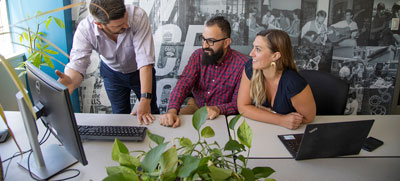
Emissions from buildings account for 28 percent of global greenhouse gas emissions. To reduce this source of pollution, Ecology Action offers assistance to businesses looking to improve the energy efficiency of their buildings. “We've done energy efficiency upgrades for over 24,000 small businesses around the state of California,” Liske says.
Starting with a free energy audit of the building, Ecology Action provides information on what options are available, which are the best investments, and where rebates or grants are available. They’ll even provide a contractor who can implement the changes. In other words, Ecology Action aims to assist with “all the things that are barriers for small businesses: technical expertise, financial assistance, and even contractor management,” Liske explains.
Building on this mission, Ecology Action launched a for-profit company called Taper just last year. The certified B-corp provides that same start-to-finish assistance in creating energy-efficient buildings for companies around the country. Taper is fully managed and overseen within the Ecology Action structure, Liske says. “The board members on the Taper board report to the Ecology Action board,” she explains, furthering the Ecology Action mission deeper into the private sector.
Evolving Now, for the Future
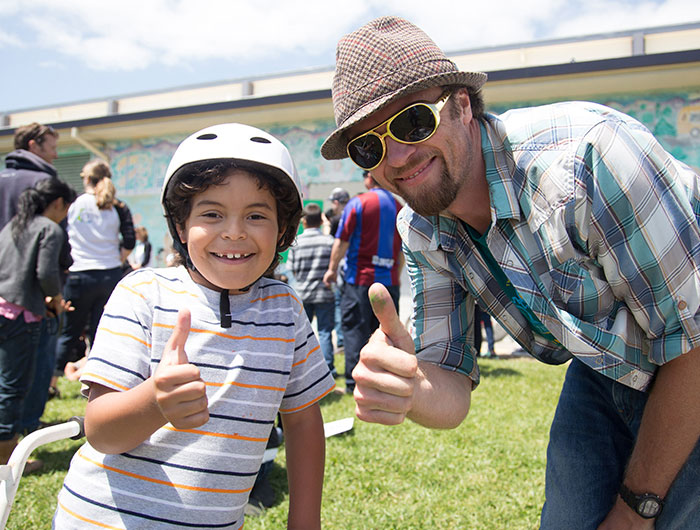
Ecology Action’s Santa Cruz roots run deep after more than five decades of fostering meaningful change in the Monterey Bay community. And while the organization continues to evolve and improve programs, its leaders are aware that it’s also important to evolve toward diversity and inclusion. As in many other environmental organizations, many Ecology Action employees are white and middle class, but they endeavor to change that. “We’re working on our own internal DEI [diversity, equity and inclusion] programs and have really shifted our hiring practices, too,” Liske says.
In addition to building a more diverse group, Liske says, Ecology Action strives toward a more collaborative approach with under-resourced communities, helping the community build its own programs rather than relying on Ecology Action to come in and run everything. “We’re actively working on building relationships in the communities to co-create solutions,” Liske says. Like all of Ecology Action’s efforts, “It’s an evolution,” she adds. “We know we can do better and do more.”
Long form articles which explain how something works, or provide context or background information about a current issue or topic.